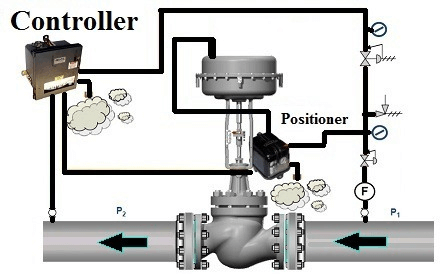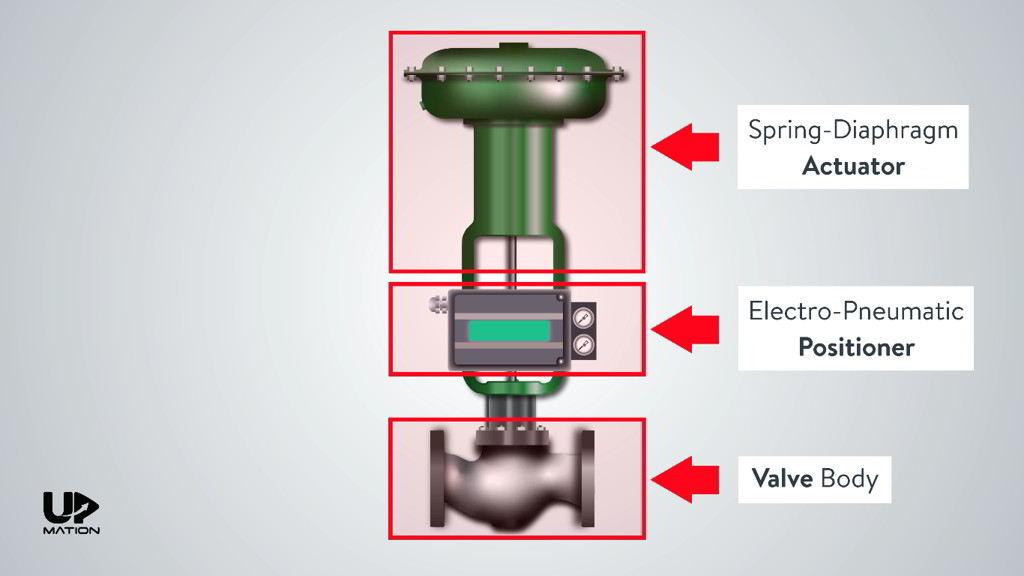Achieve Seamless Assimilation and Control With Quality Building Automation Controls
In the realm of contemporary structure management, the relevance of quality structure automation controls can not be overstated. As modern technology continues to breakthrough, the assimilation and control of different systems within a building have advanced to be more advanced and effective. The seamless procedure and tracking of illumination, HEATING AND COOLING, safety and security, and various other structure functions have become paramount for improving owner convenience, power efficiency, and general operational performance. The trip towards achieving real combination and control is a diverse one, with considerations ranging from system compatibility to cybersecurity. Welcoming high quality structure automation controls is not merely an issue of convenience yet a strategic vital for companies aiming to enhance their centers' performance and sustainability.

Advancement of Structure Automation Controls
Throughout the past couple of years, the advancement of constructing automation controls has dramatically transformed the method buildings are handled and run. Initially, building automation systems largely concentrated on fundamental functions such as managing air flow, home heating, and air conditioning (A/C) systems. As innovation advanced, these controls have actually ended up being extra sophisticated, enabling for a larger variety of structure systems to be incorporated and managed centrally.
The evolution of building automation controls has seen a shift in the direction of more intelligent systems that can adapt to altering problems in real-time. This versatility is crucial for enhancing energy effectiveness and ensuring owner comfort. Furthermore, modern structure automation controls currently use features such as predictive upkeep, remote surveillance, and information analytics, making it possible for facility managers to make data-driven choices to improve structure efficiency.

Benefits of Quality Integration
The improvement in structure automation regulates towards more intelligent systems has emphasized the substantial benefits of high quality combination in optimizing structure operations and boosting total effectiveness. This centralized control also offers much better exposure and insights into building efficiency, enabling aggressive upkeep and optimization techniques. Generally, the advantages of top quality integration in structure automation controls are indisputable, offering increased effectiveness, comfort, and functional performance.
Improved User Experience and Accessibility
Enhancing individual communication with structure automation manages via intuitive style and improved ease of access boosts the general experience for residents and center supervisors alike. By focusing on customer experience, developing automation systems can come to be a lot more straightforward and reliable. Intuitive user interfaces, clear navigating, and personalized settings equip individuals to interact with the controls easily and effectively.
Accessibility features play a critical role in guaranteeing that all individuals, consisting of those with impairments, can use the structure automation regulates effortlessly. Integrating features such as voice commands, responsive buttons, and color-contrasted displays can boost ease of access and make the controls a lot more comprehensive.
Additionally, boosted individual experience brings about greater customer fulfillment, increased efficiency, and you can look here better decision-making. Owners can change ecological setups according to their preferences, while center managers can effectively keep an eye on and manage structure systems - control valves. Overall, prioritizing user experience and availability in building automation manages adds to an extra seamless and efficient structure environment for all stakeholders included
Lasting Practices Through Automation

In addition, automation can help with the assimilation of renewable resource resources such as solar panels or wind generators right into building operations. By instantly adjusting power use based on the accessibility of eco-friendly energy, buildings can even more minimize their dependence on non-renewable resources. This seamless combination of sustainable practices not only benefits the atmosphere but also improves the general operational effectiveness and cost-effectiveness of the structure. Via automation, structures can align with modern-day sustainability objectives and add to a greener future.
Future Trends in Building Control Systems
In anticipation of advancing innovations and advancing sustainability techniques, the trajectory of structure control systems is poised to embrace transformative methods and innovative options. One noticeable fad shaping the future of building control systems is the boosted combination of Expert system (AI) and equipment understanding. These innovations enable buildings to adapt in real-time to changing conditions, maximizing energy consumption and boosting convenience for residents. Furthermore, the Internet of Things (IoT) is revolutionizing building control systems by connecting devices and sensors to boost and streamline operations efficiency.
One more vital trend is the emphasis on cybersecurity steps to secure against potential threats to developing automation systems. As buildings come to be a lot more interconnected, making sure durable cybersecurity protocols will be crucial to protect sensitive data and stop unauthorized accessibility.
Additionally, the change Find Out More in the direction of cloud-based platforms is getting momentum, allowing for centralized control and remote access to structure systems. This assists in less complicated tracking, maintenance, and updates, improving the overall efficiency and versatility of building important site control systems. As innovation remains to breakthrough, these fads are expected to shape the future landscape of building automation controls, driving development and sustainability in the built environment.
Conclusion
Future trends in building control systems are most likely to concentrate on further improving automation capabilities for enhanced power effectiveness and total performance. It is necessary for structure owners and drivers to prioritize the adoption of top quality building automation controls to maximize structure operations and accomplish lasting sustainability objectives.
In the realm of modern-day building monitoring, the importance of high quality building automation controls can not be overemphasized. Generally, the development of building automation manages proceeds to drive advancement in the structure administration market, providing new opportunities for producing smarter and much more sustainable buildings.
The improvement in building automation manages towards even more smart systems has emphasized the considerable benefits of quality assimilation in maximizing building operations and enhancing overall performance. Overall, focusing on individual experience and availability in structure automation controls contributes to a much more smooth and efficient building setting for all stakeholders included.
It is essential for building owners and operators to prioritize the fostering of high quality structure automation controls to maximize structure operations and accomplish long-lasting sustainability goals. - control valves